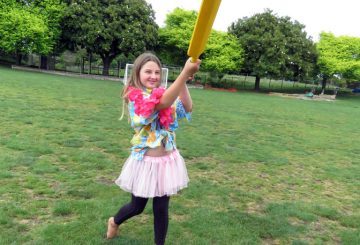최고의 질병 전문가가 Covid-19를 “정상” 질병으로 취급하기로 한 뉴질랜드의 결정은 바이러스의 지속적인 확산으로 인해 위험할 수 있다고 경고했습니다.월요일부터 14세 이상의 사람들은 COVID 관련 의사 진료 비용을 지불해야 합니다.이번 변경은 7월 1일부터 다른 질병과 동일한 방식으로 Covid-19 서비스에 자금을 지원하는 계획의 일부입니다.
보건 당국 책임자인 마틴 헤포드 (Martin Hefford) 박사는 특히 고위험군의 경우 Covid-19를 예방하고 관리하는 데 도움이 되는 일부 서비스는 여전히 무료로 제공될 것이라고 말했습니다.여기에는 자격이 되는 사람들에게 제공되는 무료 백신과 항바이러스제가 포함됩니다.셰인 레티 보건부 장관도 무료 신속 항원 검사 기한을 9월 30일까지 연장했습니다.13세 이하의 아동은 Covid-19를 포함한 업무 시간 동안 여전히 무료로 의사의 진찰을 받을 수 있습니다.
하지만 오타고 대학교 교수인 마이클 베이커 박사는 COVID-19를 다른 질병처럼 치료하는 것은 실수일 수 있다고 말했습니다.그는 이 바이러스가 여전히 뉴질랜드에서 빠르게 확산되고 있으며 이로 인해 감염이 확산되고 있다고 지적했습니다.가장 최근의 유행이 최고조에 달했을 때는 하루에 55명이 넘는 사람들이 입원하고 있었습니다.지금도 하루에 다섯 명이 이 바이러스로 사망하고 있으며 수백 명이 장기적인 증상을 보이고 있습니다.
베이커 박사는 무료 백신, 항바이러스제, 검사 등이 여전히 가능하다는 점은 좋았지만 바이러스를 관리하기 위해서는 더 많은 노력이 필요하다고 말했습니다.그는 모든 호흡기 감염에 대한 강력하고 통합된 접근법을 요구하면서, 예방, 치료 제공, 아플 때 자가 격리의 중요성을 강조했습니다.그는 또한 Covid-19 서비스에 대한 정부 지원이 장기적으로 지속될 것이라는 희망을 표명했습니다.그는 바이러스 관리가 정부, 의료 서비스 제공자, 대중 간의 파트너십이며 모두가 협력해야 한다고 말하면서 결론을 내렸습니다.



























































